Many of us are stuck indoors during the COVID-19 but that doesn’t mean we can’t appreciate the places and landmarks that make the Eastside so special. The UT’s Community News section asked Eastsiders for the spots around the area that have the most historical, cultural or community value.
Here is information about a dozen of them, along with photos, including some unique aerial shots.
Whittier Boulevard may be on the Southern end of East Los Angeles, but it is considered by many to be the heart of the community. It is filled with street vendors selling hot dogs, fruits, garments and Mexican food. Taco trucks appear frequently on Whittier Boulevard.
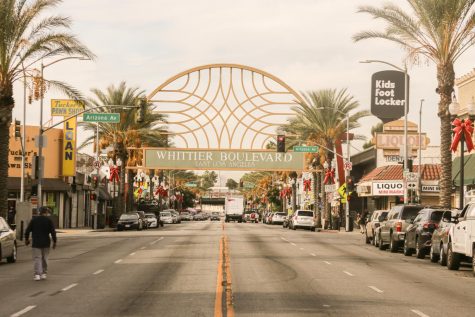
The former Golden Gate Theater building, which now houses a CVS pharmacy, is among a handful of former neighborhood movie palaces remaining in Southern California and the first East Los Angeles building listed in the National Register of Historic Places, according to the Los Angeles Conservancy.
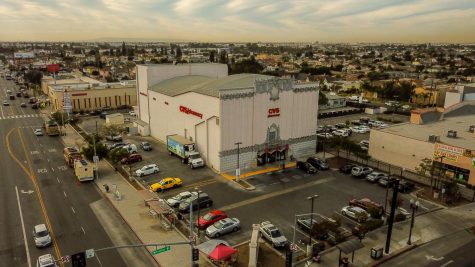
El Mercado de Los Ángeles, sometimes referred to as El Mercadito, is a market located in Boyle Heights on the corner of 1st and Lorena streets. El Mercado is a three-floor indoor shopping center that offers dining and restaurant services, entertainment with live mariachi bands and shopping from various vendors.
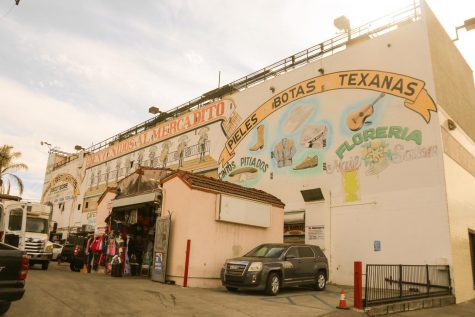
Los Cinco Puntos is located at the crossroads of Boyle Heights and East Los Angeles. The name, Los Cinco Puntos, refers to the five points at the intersection of East Cesar Chavez Avenue, Lorena Boulevard and Indiana Street.“Los Cinco Puntos/Five Points Memorial contains two plots honoring Mexican American veterans of World War II, the Korean War, and the Vietnam War. Together, these two memorials—Morin Square Memorial and War Memorial—pay tribute to the strong presence of the veteran community in the Eastside,” according to the L.A. Conservancy.
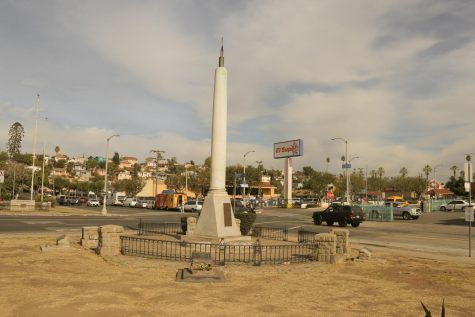
Maravilla Handball Courts were apparently “built brick-by-brick by East L.A. residents,” according to the L.A. Conservancy, which reports they are the oldest of their kind in the city and people still use them.
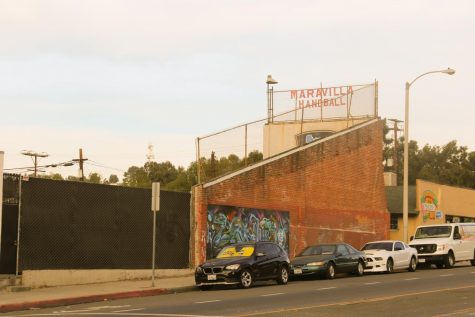
James A. Garfield High School, which is 95 years old, played a key role in the East Los Angeles Walkouts, or Chicano Blowouts, in 1968. The high school also became famous after Jaime Escalante, along with principal Henry Gradillas, built an advanced placement Calculus program there. “By 1987, only four high schools in the country had more students taking and passing the AP calculus exam than Garfield,” according to the Los Angeles Times. The success was captured in the film, “Stand and Deliver.”

Roosevelt High School also played a key role in the East L.A. Walkouts of 1968. The R Building served as the primary setting for activities associated with the walkouts on campus, including a sit-in that students staged on the lobby stairs and an assembly held by district officials in the auditorium.

Sears, Roebuck & Co. mail order building is a historic landmark in Boyle Heights that was one of the company’s mail-order facilities with a retail store on the ground floor. When it opened, employees filled orders by roller-skating around the building because it was one of the so big, according to the L.A. Times. The story reports that it drew more than 100,000 visitors during its first month of operation.
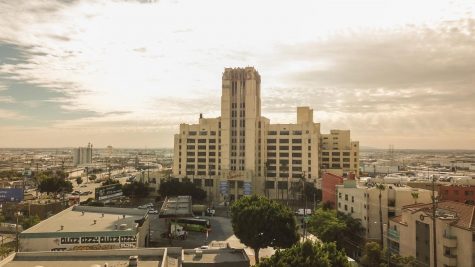
Mariachi Plaza has been a hotspot for mariachi musicians since the 1930s. They meet up at the plaza hoping to be hired by visitors. The plaza is fashioned after Mexico’s famed Plaza Garibaldi.

East Los Angeles Civic Center includes the East Los Angeles Library and Belvedere Park Lake. The pond is also known to locals as “El Parque de los Patos” because of the ducks and other birds found there. The park is a popular place for festivals and community gatherings and many musicians have performed in its amphitheater.

East Los Angeles College, known as ELAC, draws many people from the community because of its art museum and the East L.A. Classic, the homecoming game for Roosevelt High School and Garfield High School.

California State University of Los Angeles was called Los Angeles State College when it was founded in 1947 and it shared the Los Angeles City College campus for a decade while the current campus was being built, according to Cal State LA’s website. The college was officially renamed California State College at Los Angeles in 1964, and became part of California’s state college system. It then received university status in 1972 and was renamed California State University, Los Angeles. “Notable achievements include the establishment of the nation’s first Chicano Studies program in 1968 as well as the development of Cal State LA’s Charter College of Education, the first such college of higher education in the nation in 1993,” according to the university’s website.
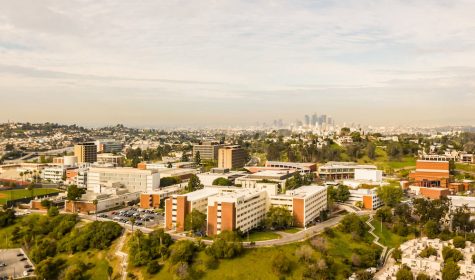
Community News reporters are enrolled in JOUR 3910 – University Times. They produce stories about under-covered neighborhoods and small cities on the Eastside and South Los Angeles. Please email feedback, corrections and story tips to [email protected].

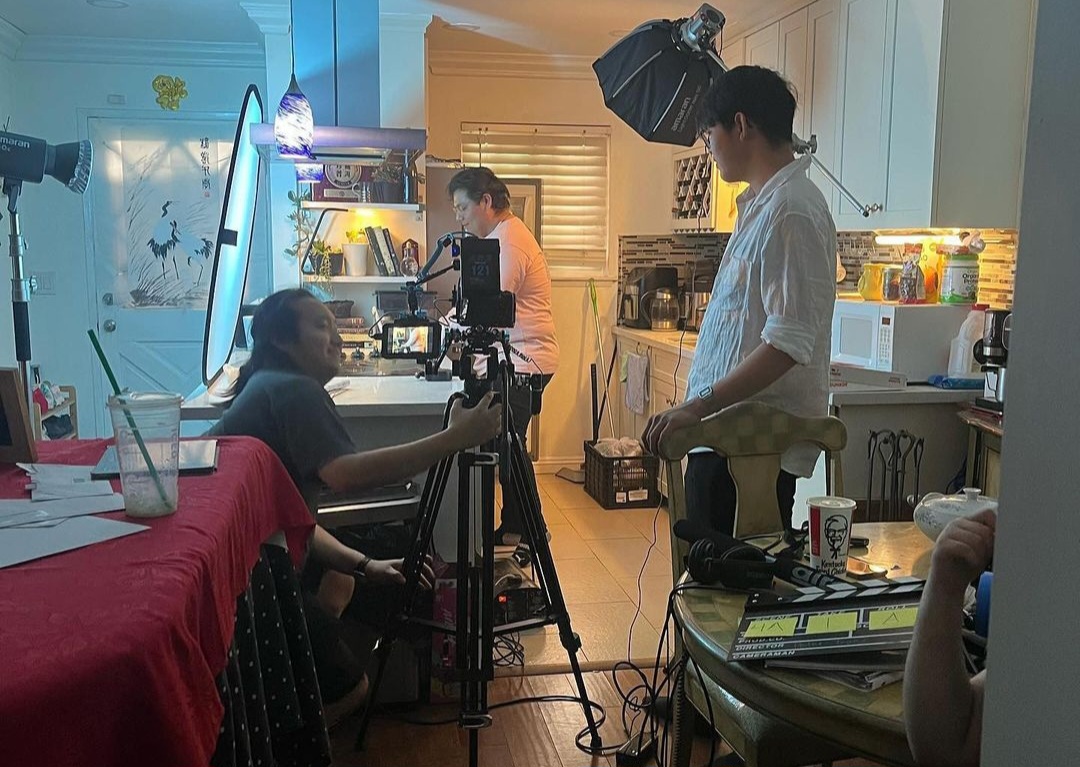

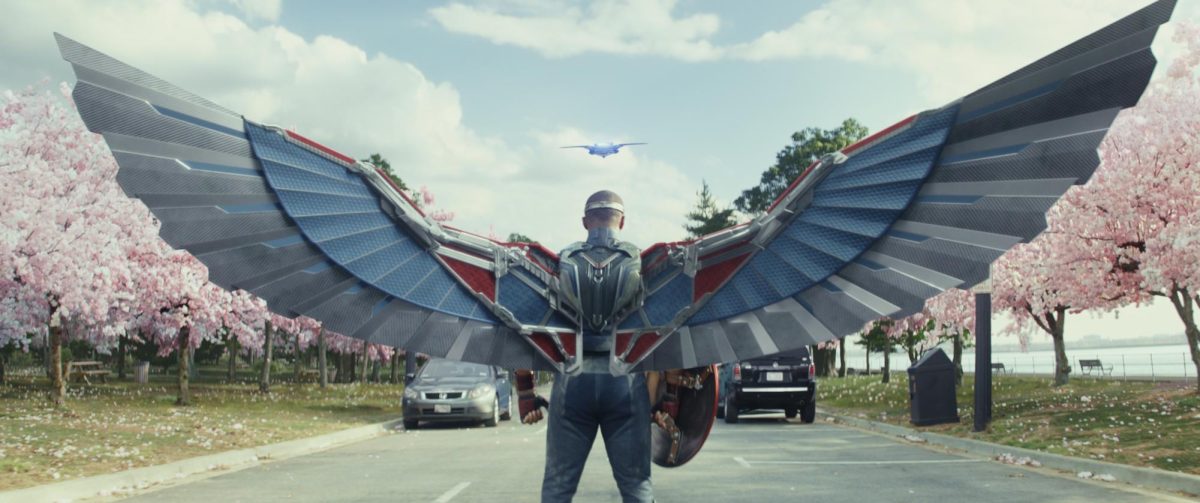

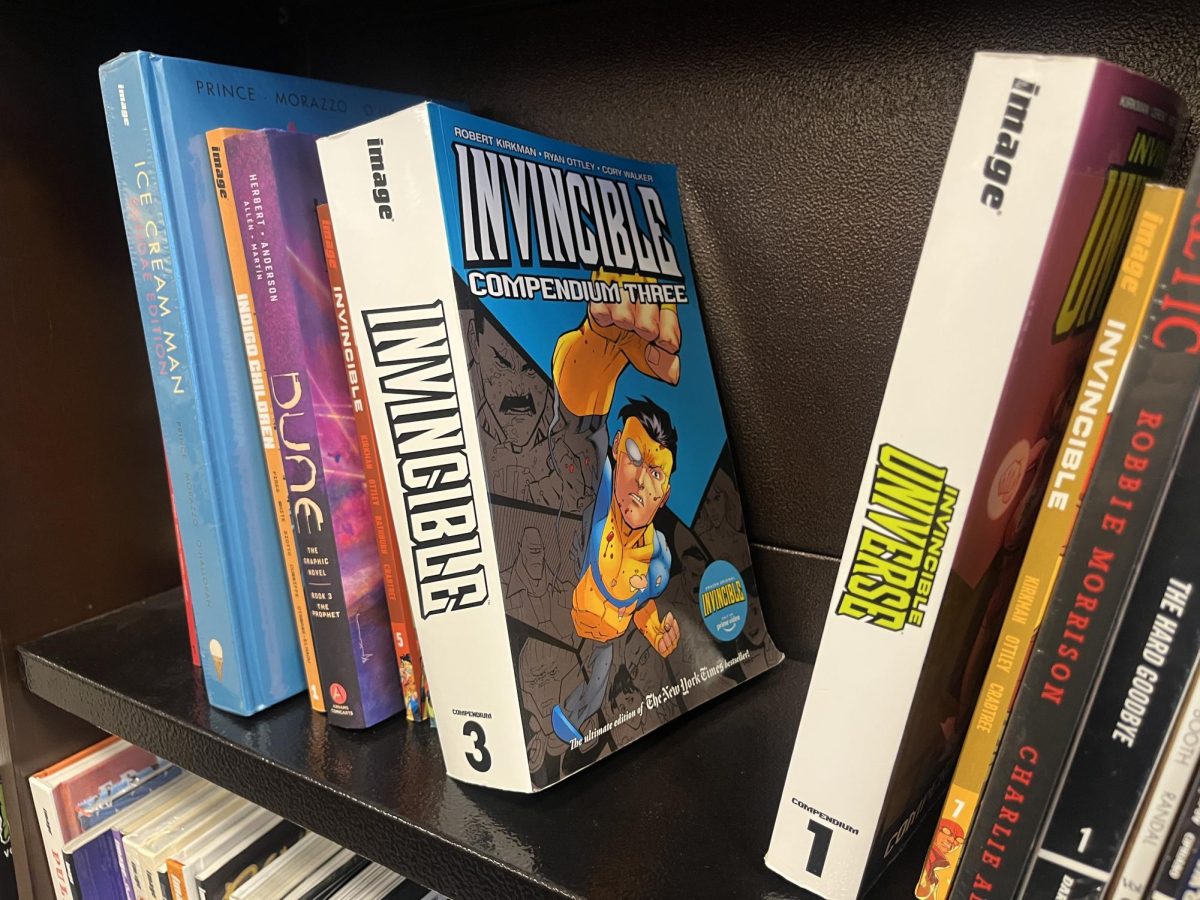
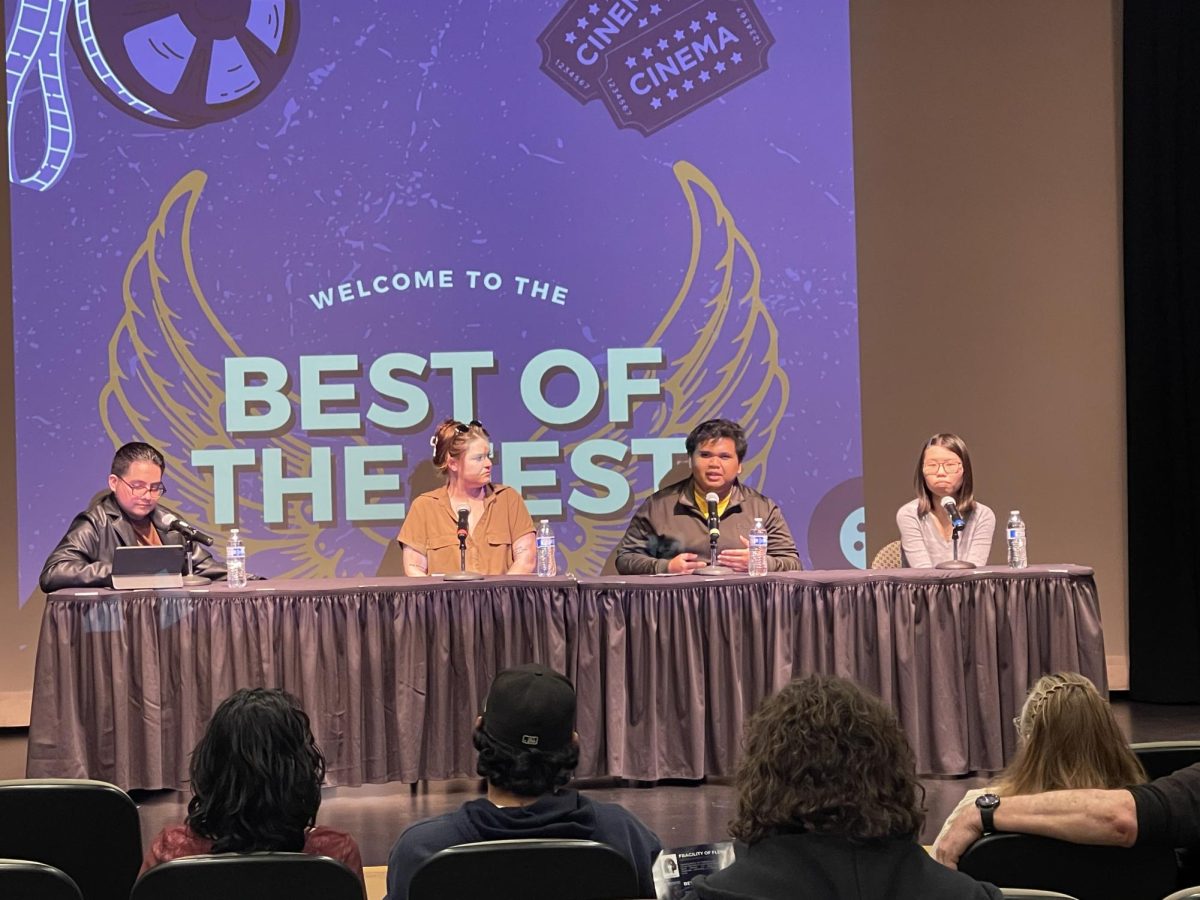
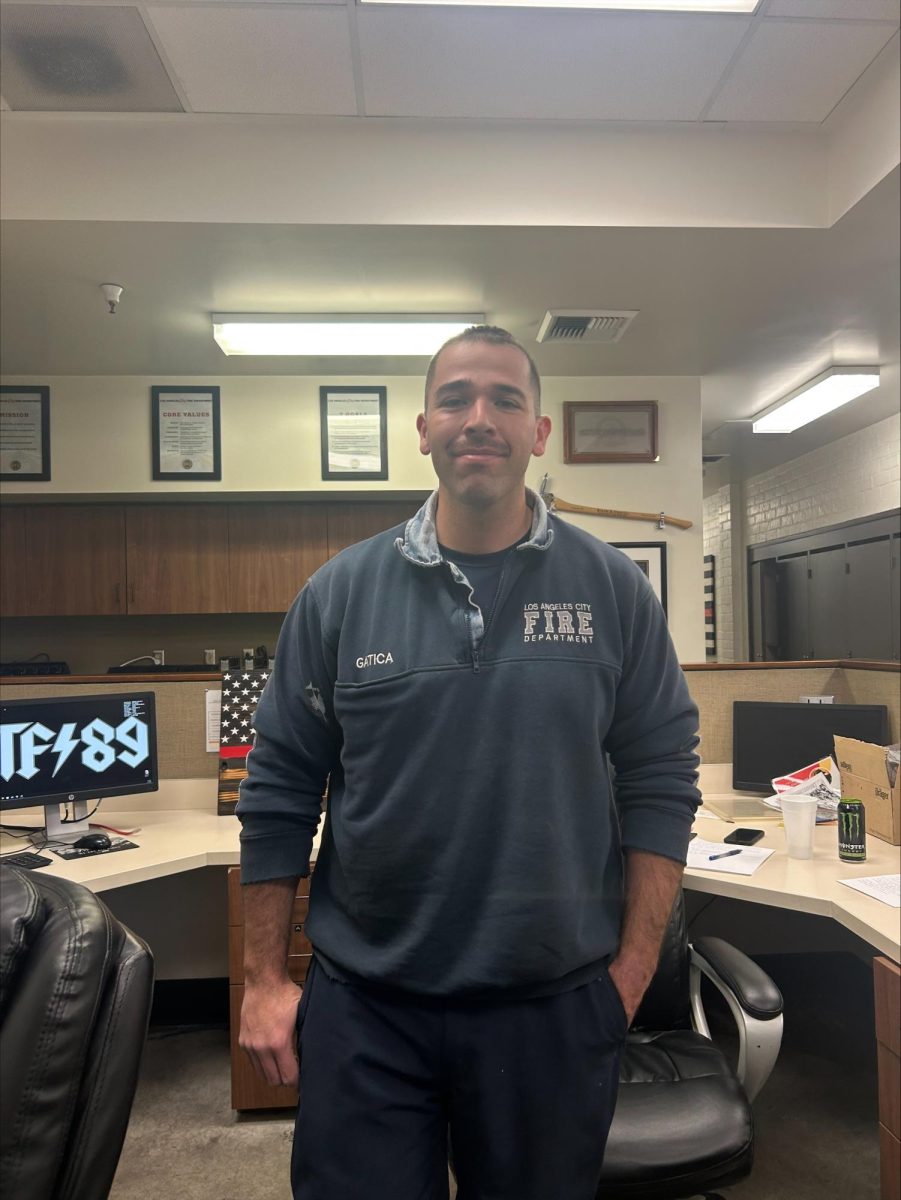
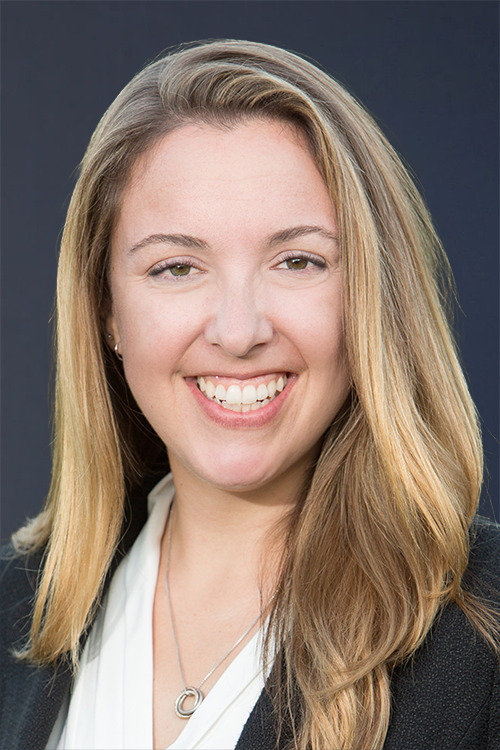
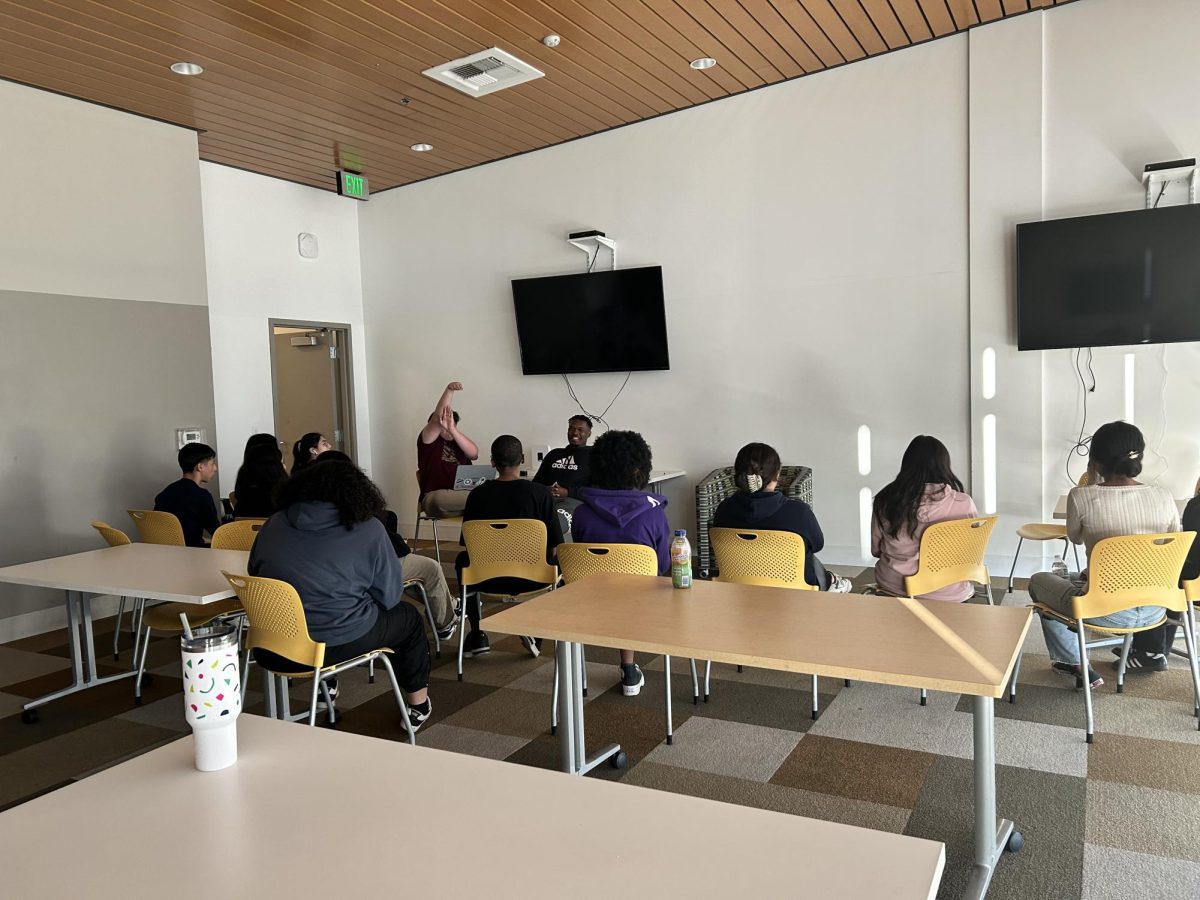
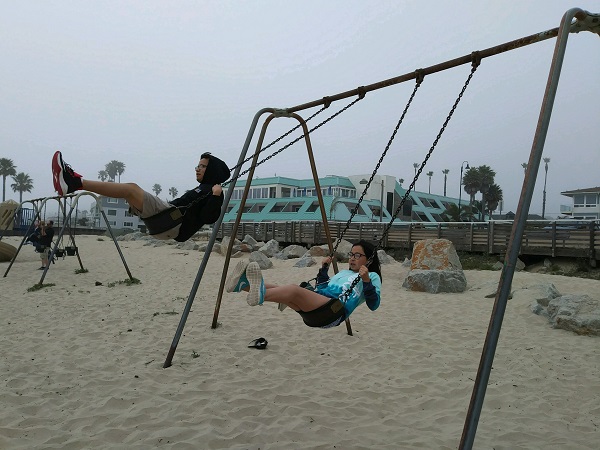
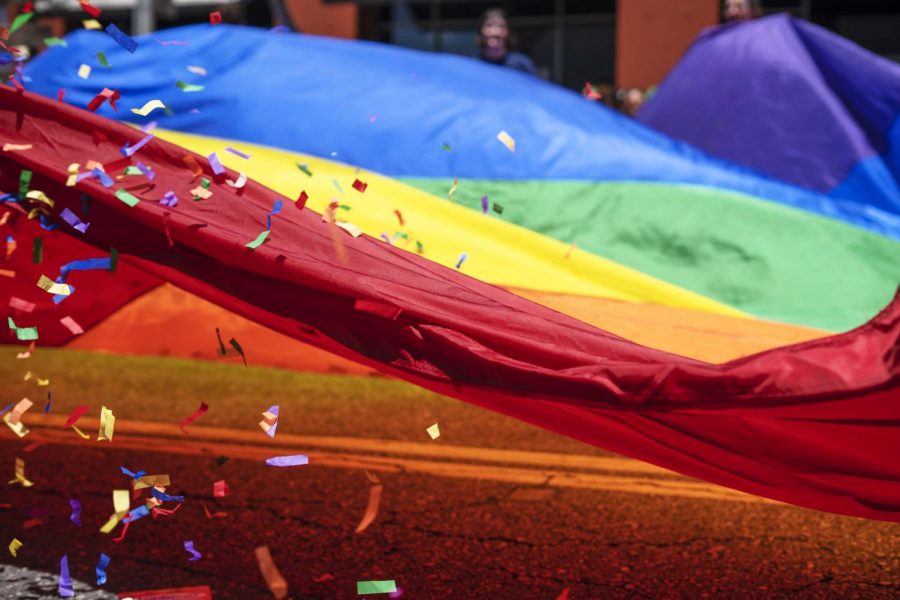

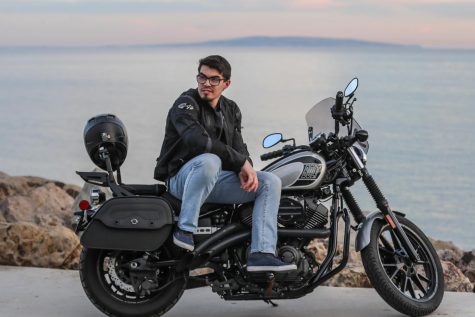
Marlène P. López • Nov 14, 2023 at 2:10 pm
My favourite landmark in the Eastside is the CF Los Ángeles Performance Centre at 5401 Paseo Rancho Castilla. Always been a supporter of the CSULA Golden Eagles “soccer” team.
SUSAN SILVERTOOTH • Jan 12, 2021 at 11:12 am
Thank you for preserving the history of East L.A. Living out of state, and reminiscing of all these great landmarks is beautiful. Gracias!
Julie Liss • Feb 19, 2022 at 12:16 pm
Thanks for taking the time to let us know, Susan!